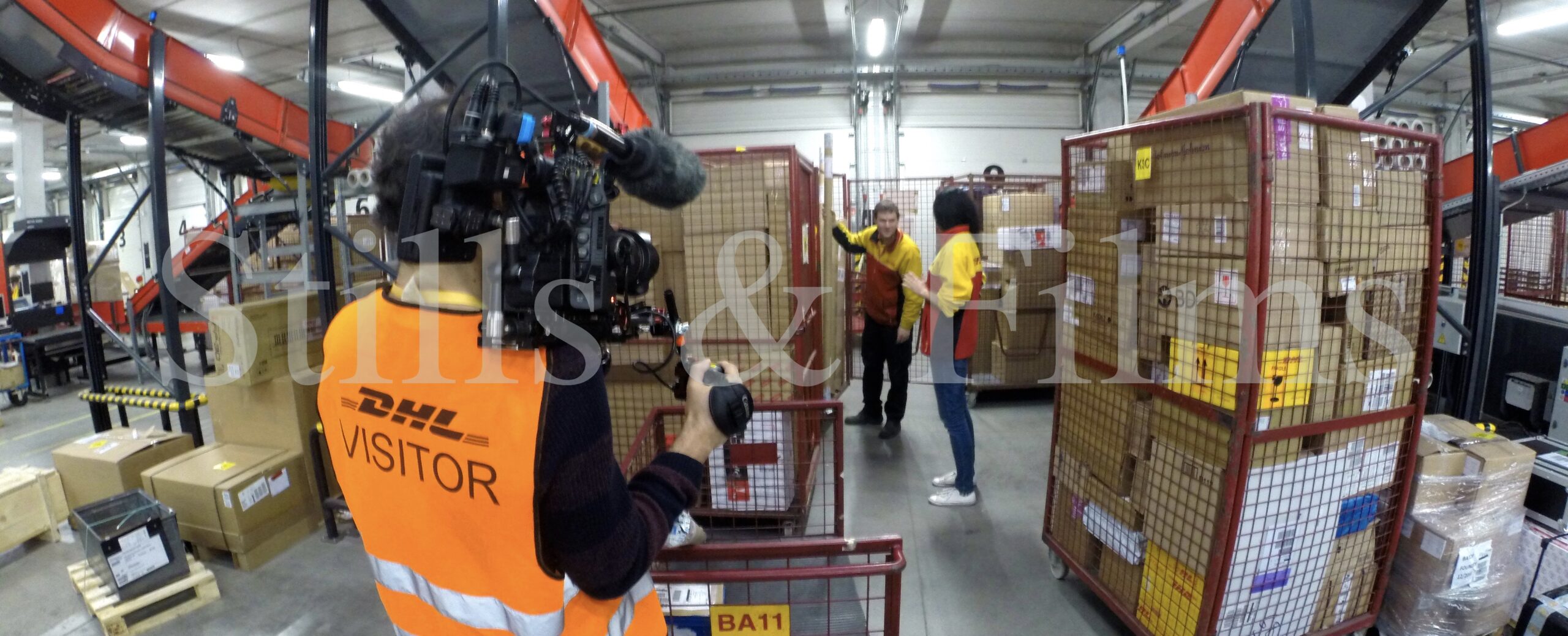The Growing Need for Local Video Crews –
Decarbonization in Video Production
In an era marked by increasing environmental concerns, decarbonizing industries has become a critical objective. Video production, as a significant contributor to carbon emissions, must take proactive steps to minimize its impact on the environment. By minimizing travel-related carbon emissions and promoting local talent and resources, video production can significantly reduce its carbon footprint and contribute to creating a more sustainable future.
Restricted Travel: Strategies for Minimizing Carbon Emissions
Travel-related activities in video production significantly contribute to carbon emissions. To achieve decarbonization, it is crucial to adopt strategies that minimize unnecessary travel. One approach is to prioritize local shooting locations, hiring local video crews, reducing the need for long-distance travel. By selecting nearby areas, local video crews can reduce carbon emissions associated with transportation, including air and ground travel. Additionally, embracing technologies, such as digital location scouting, virtual reality simulations, and satellite imagery, can help filmmakers explore and choose suitable settings without the need for physical travel. These digital scouting methods not only reduce emissions but also save valuable time, resources, and costs.
Another effective strategy is to maximize the use of shoot days by capturing multiple scenes in one location. This approach minimizes the need for frequent travel, allowing video crews to achieve more with fewer resources. Proper planning, scheduling, and coordination can help optimize shoot days and minimize unnecessary travel.

Our local video crew in Vienna, Austria films a travel feature for a US client
Local Video Crews: Benefits and Considerations
Emphasizing the use of local video crews is a crucial aspect of decarbonizing video production. By hiring local talent, the need for travel and associated carbon emissions are reduced. Furthermore, this approach promotes a sense of community and appreciation for the local creative industry and cultural diversity.
Local video crews offer several benefits beyond reducing carbon emissions. They possess valuable insights into regional nuances, which can greatly enhance the storytelling and authenticity of the production. Additionally, working with local crews supports and strengthens the local economy.
However, there are considerations when choosing to use local video crews. Production companies must ensure that local crews have the necessary expertise, equipment, and resources to meet the required quality standards. Facilitating training opportunities and fostering collaboration between local and external crew members can help develop local capacities.
Promoting diversity within the local video production landscape is equally important. Ensuring fair representation and opportunities for underrepresented communities within the local talent pool helps create more inclusive and representative content.

Our local video crew in Belgrade, Serbia films a sports feature for IMG
Remote Collaboration: Reducing Dependency on Travel
Advancements in technology have made remote collaboration increasingly feasible in the field of video production. Emphasizing digital communication tools and cloud-based platforms enables collaboration with remote local video crews, thereby reducing the need for travel.
By embracing video conferencing, project management software, and cloud storage solutions for file sharing and accessibility, production teams can effectively coordinate without compromising the quality of their work. Remote collaboration also allows for diverse perspectives, fostering global partnerships and reducing the need for long-distance travel.
Effective communication and project management play crucial roles in remote collaborations. Clear guidelines, regular updates, virtual meetings, and efficient feedback mechanisms are essential to ensure smooth interactions and mutual understanding among team members, irrespective of their physical location.

Our local video crew in Ljubljana, Slovenia interviewing UEFA President Aleksander Ceferin for ARD
Virtual Production and Visual Effects
Leveraging virtual production techniques and visual effects (VFX) holds immense potential in reducing the carbon footprint of video production. By creating virtual environments and backgrounds digitally, filmmakers can minimize the need for elaborate set construction, thereby reducing waste and resource consumption. Additionally, VFX can simulate realistic locations and create visual elements that were once achievable only through physical production.
Virtual reality and augmented reality technologies enable filmmakers to create immersive experiences without extensive travel or physical set requirements. Green screens and virtual backdrops provide versatility in post-production, allowing for the integration of various backgrounds and environments seamlessly.
However, successful implementation of virtual production relies on skilled professionals with expertise in VFX and virtual reality technologies. While transitioning to virtual production methods, it is essential to invest in skills development, equipment, and software to ensure high-quality visuals and realistic simulations.

Our local video crew in Bratislava, Slovakia films for DHL
Sustainable Transportation for Essential Travel
While restricting unnecessary travel is important, certain instances may require essential travel. In these cases, transitioning to sustainable transportation options becomes crucial.
One effective strategy is prioritizing electric or hybrid vehicles for essential travel. These vehicles have significantly lower carbon emissions compared to their traditional counterparts. By actively investing in a sustainable transportation fleet, video production companies actively reduce their carbon footprint while meeting essential travel requirements.
Integration with public transportation systems is another avenue to reduce individual carbon footprints. Whenever feasible and accessible, using public transportation for crew travel reduces overall emissions. Companies can encourage and incentivize crew members to utilize public transport where possible through reimbursement schemes or travel bonus programs.

Our local video production films for TESCO in Prague
Decarbonizing video production through restrictions on travel and the utilization of local video crews is an essential step towards building a sustainable future. By minimizing travel-related carbon emissions, adopting remote collaboration technologies, harnessing virtual production and VFX, and prioritizing sustainable transportation for essential travel, the industry can significantly reduce its environmental impact. Embracing these strategies not only supports environmental preservation but also promotes the growth of local talent, strengthens local economies, and fosters diverse and inclusive video production landscapes.
The video production industry possesses great potential to inspire change and contribute to a sustainable world where creativity and environmental consciousness are intertwined. By committing to these decarbonization strategies, the industry can lead the way in responsible production practices, advocating for a more sustainable future for media creation.


